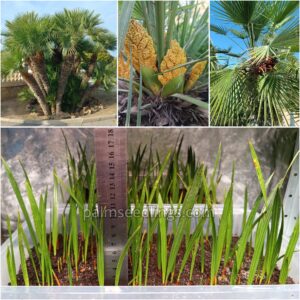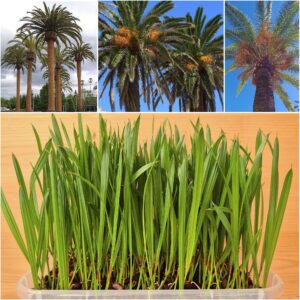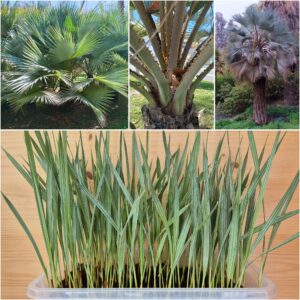Menu
8,00 € – 50,00 €
Product Details
Sabal palmetto is a tall palm with a sturdy, textured trunk, green fan-shaped leaves, and clusters of small, black fruits.
-Very healthy plants and actively growing.
-Size varies but you get the same plants you see in the photos.
-Shipped in an airtight bag in a solid box, so they don’t get damaged or dried out during shipping.
Select Quantity
*Shipping cost is calculated automatically in the cart after adding the products.
Sabal palmetto, commonly known as the cabbage palm, is a sturdy, slow-growing palm that reaches heights of 15–20 meters (50–65 feet). It features a smooth, grayish-brown trunk often covered with crisscrossing patterns left by fallen fronds. Its crown consists of large, fan-shaped leaves that are 1–2 meters (3–6 feet) wide, with green blades and a distinctive costapalmate shape. Small, creamy-white flowers grow in branched clusters, followed by small, black fruits.
Native to the southeastern United States and parts of the Caribbean, the cabbage palm thrives in a variety of soils, including sandy and salty ones, making it well-suited to coastal environments. It is highly drought-tolerant, wind-resistant, and can withstand cold temperatures down to -14°C (7°F).
| Weight | N/A |
|---|---|
| Quantity | 10 Seedlings, 100 Seedlings, 500 Seedlings |




All rights reserved PalmseedlingsⓇ 2025.